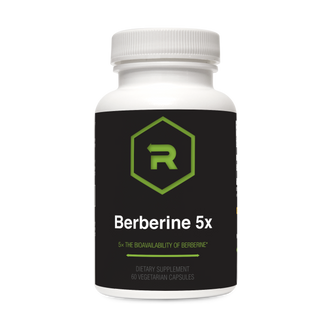LL-37, the only human cathelicidin antimicrobial peptide, has garnered significant attention for its multifaceted roles in immune defense, inflammation modulation, and tissue repair. Recent studies highlight its potential in promoting gut health and offering therapeutic avenues for inflammatory bowel diseases (IBD), such as ulcerative colitis and Crohn's disease.(PubMed)
Understanding LL-37: Mechanisms of Action
LL-37 is synthesized by various cells, including epithelial cells and immune cells like neutrophils and macrophages. Its mechanisms of action are diverse:
-
Antimicrobial Activity: LL-37 exhibits broad-spectrum antimicrobial properties by disrupting microbial membranes, leading to the death of bacteria, viruses, and fungi. (SpringerLink)
-
Immune Modulation: It modulates immune responses by interacting with Toll-like receptors (TLRs), particularly TLR4, thereby influencing cytokine production and reducing excessive inflammatory responses. (PMC)
-
Chemotactic Properties: LL-37 attracts immune cells to sites of infection or injury, facilitating a rapid immune response.
-
Tissue Repair: It promotes wound healing by stimulating epithelial cell proliferation and migration. (PMC)
LL-37 in Gut Health and IBD
The gastrointestinal tract relies on a delicate balance between immune tolerance and defense. Disruptions can lead to conditions like IBD. LL-37 contributes to maintaining this balance through:(SpringerLink)
-
Enhancing Barrier Function: LL-37 strengthens the intestinal epithelial barrier, preventing translocation of harmful pathogens.
-
Modulating Inflammation: By regulating cytokine production, LL-37 helps in controlling intestinal inflammation, a hallmark of IBD.
-
Microbiota Regulation: LL-37 influences the composition of gut microbiota, promoting beneficial bacteria and suppressing pathogenic ones. (SpringerLink)
Scientific Evidence Supporting LL-37's Role
Several studies underscore LL-37's therapeutic potential:
-
In mouse models of colitis, administration of LL-37 or its fragment KR-12 resulted in reduced inflammation and improved mucosal healing. (SpringerLink)
-
Patients with ulcerative colitis have shown elevated levels of LL-37 in inflamed mucosa, suggesting its involvement in disease modulation. (PubMed)
-
LL-37's expression is influenced by vitamin D levels, linking nutritional status to gut immunity.
Conclusion
LL-37 emerges as a pivotal player in gut health, offering antimicrobial defense, modulating immune responses, and aiding in tissue repair. Its multifaceted roles present promising therapeutic avenues for managing IBD. Ongoing research is essential to fully harness its potential and translate findings into clinical applications.(PubMed)


